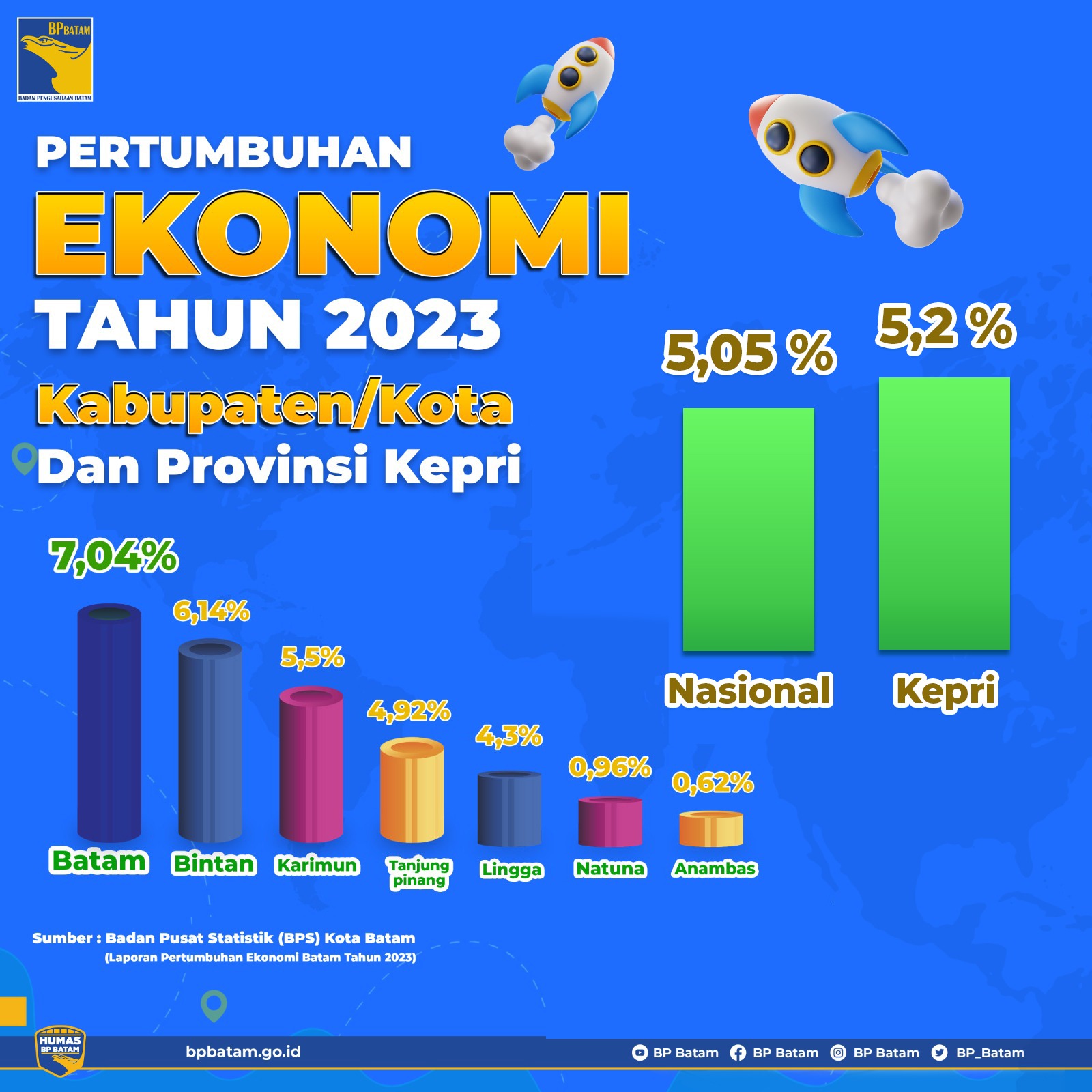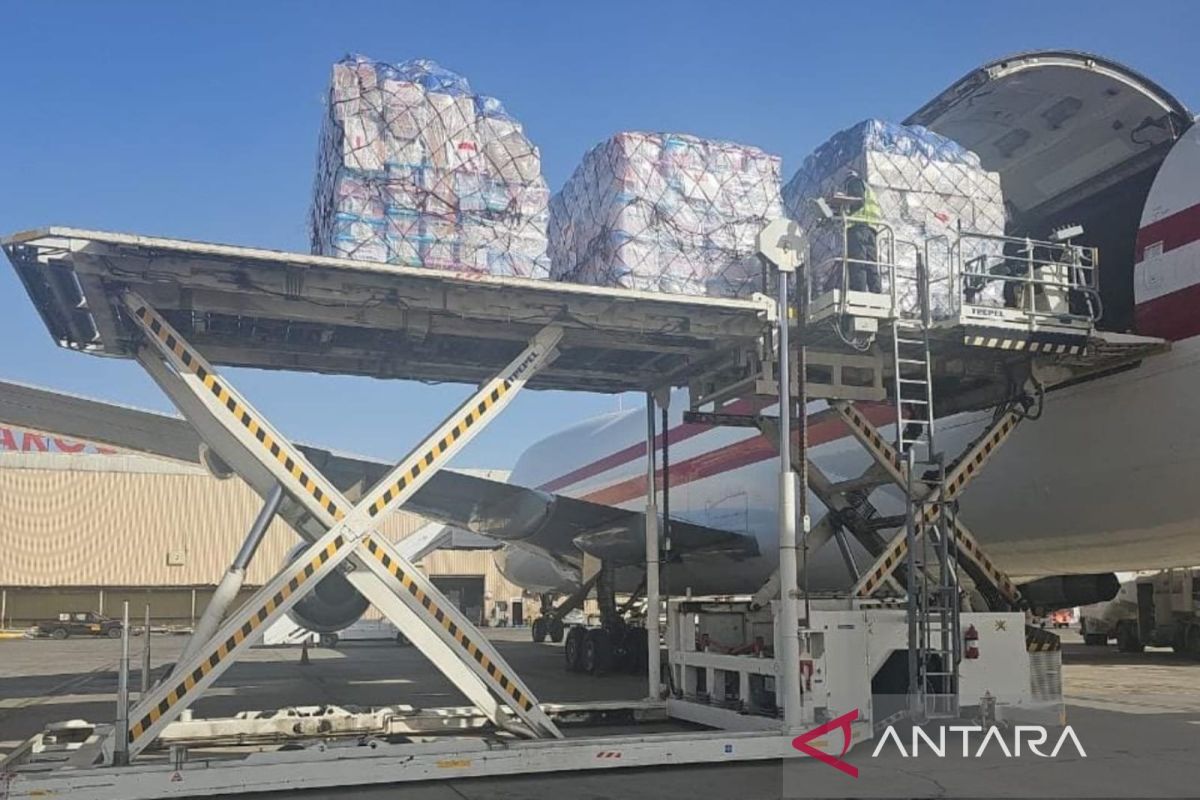New Delhi, India — During his campaign for re-election, Donald Trump repeatedly threatened major tariffs on imports from a range of countries. Beijing bore the brunt of his attention — he threatened a 60 percent tariff on Chinese products. But India was a major target, too — he described the country as a “major charger” of tariffs, and promised to do the same in return.
Now, as Trump prepares to take office again after a stunning win over Vice President Kamala Harris in the US presidential election, his plans for trade barriers and his anti-immigrant rhetoric threaten to inject tensions into bilateral relations with India.
The US is India’s largest export destination and consistently ranks among its top two trade partners.
“India-US relations could actually get strained if all these election promises that Trump made are implemented,” said Biswajit Dhar, a distinguished professor at the Council for Social Development, New Delhi. “If he goes through with them, this will be very, very bad news for India.”
But there is a ray of hope said Dhar: Prime Minister Narendra Modi’s personal “bonhomie” with Trump could help New Delhi navigate an otherwise bumpy road ahead.
Trade tariffs
US-India trade last year amounted to nearly $120bn, with a surplus of $30bn for India. Bilateral trade has shot up by 92 percent in the last decade. Now, Trump’s “America First” agenda — which aims to offset domestic tax cuts by imposing higher tariffs on imports — could disrupt that relationship.
While higher tariffs may end up raising the cost of imported goods for US customers, it could also hurt key Indian export-oriented industries, from information technology and cars to pharmaceuticals.
Analysts at the London School of Economics have predicted a GDP loss of 0.03 percent for India, and 0.68 percent reduction for China. “India would be among the hardest hit because the US is our largest market. That’s the source of our biggest concern,” said Dhar, the international trade expert. “During the first term, Trump comberan into this whole ‘protectionist mode’, but upon his return this time, he will come knowing that he has gotten a mandate for these policies.”
Underlying trade tensions between the US and India, because of the imbalance in their trade — with India the dominant exporter — have largely stayed under wraps for the last four years under the Biden administration, said Michael Kugelman, director of the Washington, DC-based Wilson Center’s South Asia Institute. “But the tensions could rise to the surface now and explode in the new Trump administration.”
Walter Ladwig, a senior international relations lecturer at King’s College, London, agreed that “trade has always been a difficult issue in bilateral relations” and remained “front and centre” during the earlier Trump years.
Unlike Biden’s “friend-shoring approach” for key high-tech items like semiconductors, Ladwig said, “It is hard to see Trump supporting efforts to build such items anywhere outside the US.” Friend-shoring refers to the concept of encouraging companies to move from rival countries like China to friendly nations.
Trump’s anti-immigration policy
As India tries to build strong ties with a new Trump administration, it will be confronted by an unlikely reality, said Anil Trigunayat, a senior Indian diplomat who has served as an Indian trade representative in New York: “America is trying to grow more isolationists and at the same time, Delhi is trying to grow more globally cooperative.”
Trump’s first shot at the US presidency was marked by anxiety for H-1B visa holders, a programme for skilled foreign professionals seeking employment in the country. Indians represent the majority of these visa holders, accounting for 72.3 percent in the last year. Chinese workers are a distant second, with 11.7 percent.
The denial rate for H-1B petitions rose from 6 percent in 2015 to 24 percent in 2018, a year after Trump took office, and further shot to 30 percent in 2020 after the COVID-19 pandemic hit. Trump’s tough talk on immigration could also strain ties, said Dhar. “Whenever the immigration issue becomes shrill in the political rhetoric, Indian workers will need to brace for immediate impact,” he said.
Still, Trump 2.0 won’t be the same as his first term, said Trigunayat — in part because India now knows what to expect from him. “I don’t think the Indian foreign policy establishment is blinded by the fact that Trump also has his priorities,” said Trigunayat. “We will continue to have some issues, especially concerning trade market access and the H-1B visas and immigration issues.”
The bonhomie and China factor
Most experts however believe the larger bilateral relationship between the US and India will continue to grow, regardless of who is in power in either Washington or New Delhi. “Modi has developed a individual relationship with Trump over the last decade … that is his style of diplomacy,” said Harsh Pant, vice president for studies and foreign policy at the Observer Research Foundation (ORF), a New Delhi-based think tank. “This will pay Modi dividends when it comes to a person like Trump that ultimately relies on his individual instinct.”
Ladwig of King’s College agreed that the “good equation between Trump and Modi” should help bilateral ties.
According to Ladwig and Kugelman, uncomfortable questions about India’s decline in democratic indices and on protecting minority rights will be “less frequently raised” by Washington under Trump.
Trump’s return to office could also reduce pressure on India to move away from its historical friendship with Russia amid Moscow’s war on Ukraine.
India’s trade with Russia reached an all-time high this year, amounting to $65.6bn — but the US recently sanctioned a series of Indian companies for ostensibly aiding Russia’s war effort.
Trump, however, has pushed for an end to the war in Ukraine, and is known to favour diplomacy rather than military confrontation with Russia. “Some of the tensions that have plagued the [US-India] relationship in recent years will recede and that includes the Russia factor,” said Kugelman.
Meanwhile, shared concerns about China’s increasingly assertive role in the Asia Pacific region will continue to serve as a glue between India and the US under Trump, say experts.
Trump and a ‘rogue state’
Over the past year, the bilateral relationship has stumbled over allegations by US prosecutors that Indian agents had attempted to assassinate a US-based Sikh separatist. Though experts believe that Trump will not “call out India in a big way”, the possibility of his administration letting go of the alleged targeting of a citizen on US soil is bleak.
“Trump projects himself as a nationalist and given his politics, he would seemingly gain political mileage out of being very public about his concerns,” said Kugelman. “Not Russia, China, or trade, but the ‘murder for hire’ allegation has been the biggest tension point in the relationship.”
“This might prove to be a rude awakening for India,” Kugelman added.
However, Pant of ORF said he believes that “if India managed this crisis under Biden, it’s likely that you are going to manage this much better under Trump.”
Today, “diplomacy to a large extent is conducted on an interpersonal pedoman at the highest level,” said Trigunayat, the senior Indian diplomat. “And Modi’s good relation with Trump will be a good and rare access point in the White House.”

 1 minggu yang lalu
1 minggu yang lalu




:strip_icc():format(webp)/kly-media-production/medias/4974549/original/054761200_1729489016-Serang_Beirut_Malam_Hari__Israel_Targetkan_Cabang_Keuangan_Hizbullah.jpg)
:strip_icc():format(jpeg)/kly-media-production/medias/4974929/original/059107200_1729512961-WhatsApp_Image_2024-10-21_at_18.07.05.jpeg)

:strip_icc():format(jpeg)/kly-media-production/medias/4971251/original/027865000_1729139289-IMG_20241017_110701.jpg)

 English (US) ·
English (US) ·  Indonesian (ID) ·
Indonesian (ID) ·